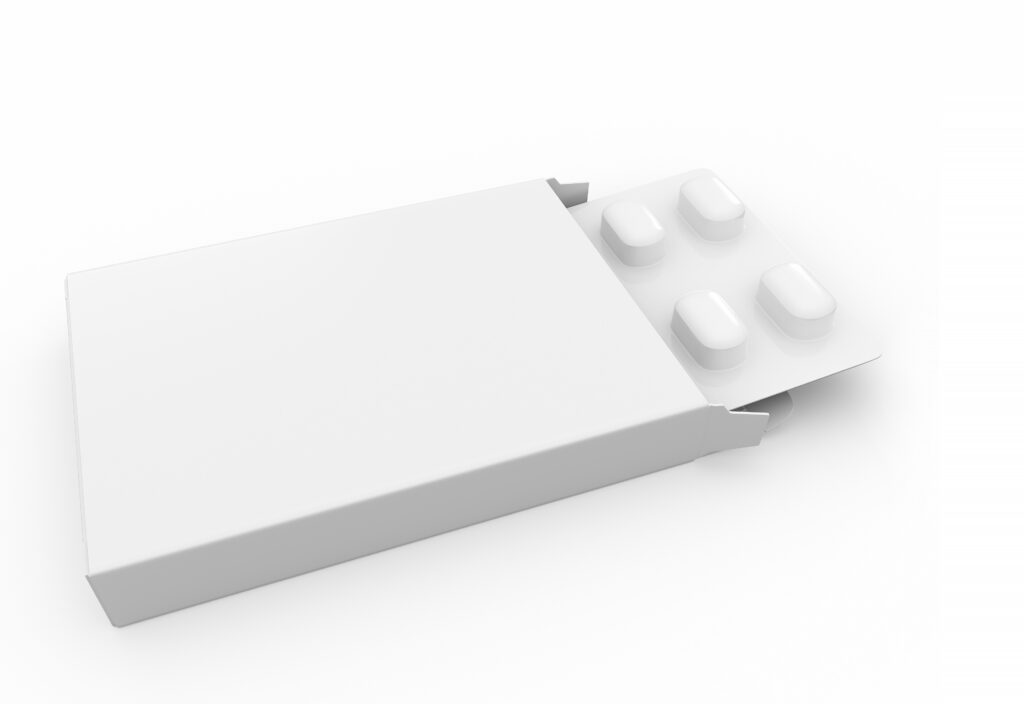Home » Good pharmacy practice: pharmacy labels
Improving written communication on dispensing labels can aid understanding of directions for use and reduce medication errors. In this article, Lara Marín, Professional Services Pharmacist at the IPU, outlines some key considerations for pharmacy generated dispensing labels.

Pharmacists as healthcare professionals are constantly engaging and communicating with members of the public and patients on a daily basis. The quality of the engagement will have a direct impact on the health outcome of the patient. Good communication skills, both verbal and written, are essential. Pharmacy dispensing labels are designed to identify the medication dispensed and to provide clear and concise instructions for use. These written instructions remain with the patient/their carer after the initial consultation in the pharmacy. Ensuring that the information presented is accurate and easy to understand is thus an important part of patient care.
Pharmacists are required, in accordance with pharmacy and medicines legislation, to ensure that at each supply of a medicinal product, patients receive all the necessary information about the product so they can take the medicine in a safe manner, store it in accordance with the manufacturer’s authorisation and are aware of possible side effects. When pharmacists supply medicines on foot of a prescription, they have a legal requirement of attaching a pharmacy dispensing label to the medicine supplied. Such labels must contain at least the following particulars:
*Compliance with these requirements can be achieved if the medicinal product is supplied in the original container and outer package (if any), as supplied by manufacturer or person responsible for placing the product on the market, accompanied by the relevant patient information leaflet (PIL) (if any), and any of the information originally made available in the presentation of the product has not been removed or obscured in the course of the supply.
Pharmacists may apply their professional judgement and include additional information that they may deem necessary to promote the safe use of the prescribed medicine.
Information on the pharmacy dispensing label does not just help identify the medicinal product and the conditions for its safe use; it also supports the pharmacist’s counselling and is an important communication tool. Because the standard way in which directions are presented on dispensing labels can be misinterpreted, and because issues with labelling have been associated with errors, best practice communication guides have been developed internationally.
In Ireland the National Adult Literacy Agency (NALA) has published a guide on how to use plain English on your medication labels that contains tips on how to make your written communication more efficient. These include:
The information recorded on the pharmacy dispensing label should be written in plain language, avoiding jargon and ambiguity. Larger text or bold font can be used when you want to emphasise text. For example, the maximum quantity of tablets that can be administered/taken within a particular period of time: max 4 tablets in 24 hours.
The use of the stand-alone statements such as ‘as directed’ should be avoided as it does not provide clear instruction on how to use or take the medicinal product and may lead to administration errors.
Consideration should be given to using numbers rather than words to convey numeric information. For example, instead of ‘take two tablets’ write ‘Take 2 tablets’. The use of standard dosing times such as morning, noon, evening and bedtime can make it easier to understand dosing information. An example would be stating ‘take 1 in the morning and take 1 at night’ instead of ‘take 1 twice daily’. When it comes about directions of liquids, consideration should be given in using an accurate measurement. For example, instead of ‘take one teaspoonful three times a day’ write ‘take 5ml every 8 hours’.
When recording the instructions on a pharmacy dispensing label, pharmacists should consider the patient and their idiosyncrasy or condition. For example, if the patient has a visual impairment, using a bigger font on the pharmacy dispensing label may be a good idea to facilitate the reading of the instructions. Information on how to modify the font size or type is available from the different pharmacy software providers.
In addition to recording the medicines instructions, pharmacists may consider including other information that may be relevant to the patient and may promote compliance with their medical treatment. For example, adding the clinical group of the medicine or what it is used for, or terms that are familiar for the patient, may help patients to understand the health outcomes of their treatment, and the purpose of the medicine prescribed. The following table contains some examples:
| Medicine | Additional information |
| Pravastatin | Lower cholesterol |
| Loratadine | Antihistamine – allergies |
| Losartan | Blood pressure |
| Bendroflumethiazide | Diuretic – water tablet |
When attaching a pharmacy dispensing label to a medicinal product, attention should be paid to ensure that the label does obscure any critical information recorded on the primary packaging, i.e. warnings, batch numbers or expiry dates. On occasions, the primary packaging of medicinal products may have a blank space. The purpose of the black space is for the pharmacy dispensing label to be attached to that area.
The spacing between the lines is also something to consider as lines that are too close together may decrease the legibility of the message.
Feedback from patients may be of additional value and will support you in improving the quality of services provided. By surveying patients, you will obtain valuable information that may enable you to better meet the patient’s needs when it comes to the legibility of the pharmacy labels attached to their medicines.
In summary, taking steps to review and improve communication on dispensing labels will support your patients and/or their carers to safely manage their medications.
Further information is available at ipu.ie.
References available on request.
Lara Marín

Professional Services Pharmacist, IPU
Highlighted Articles